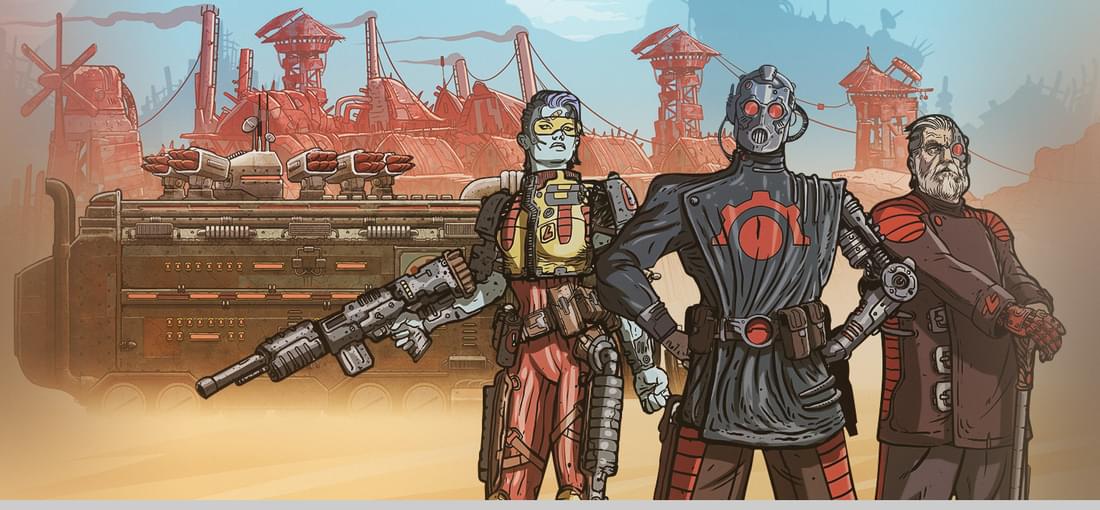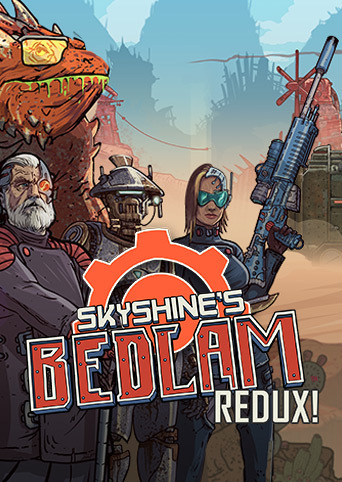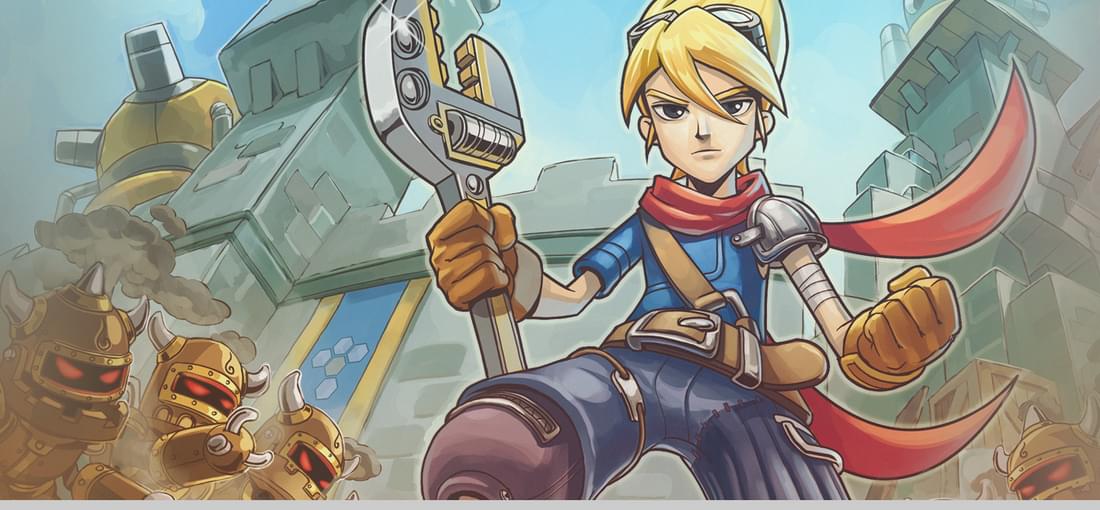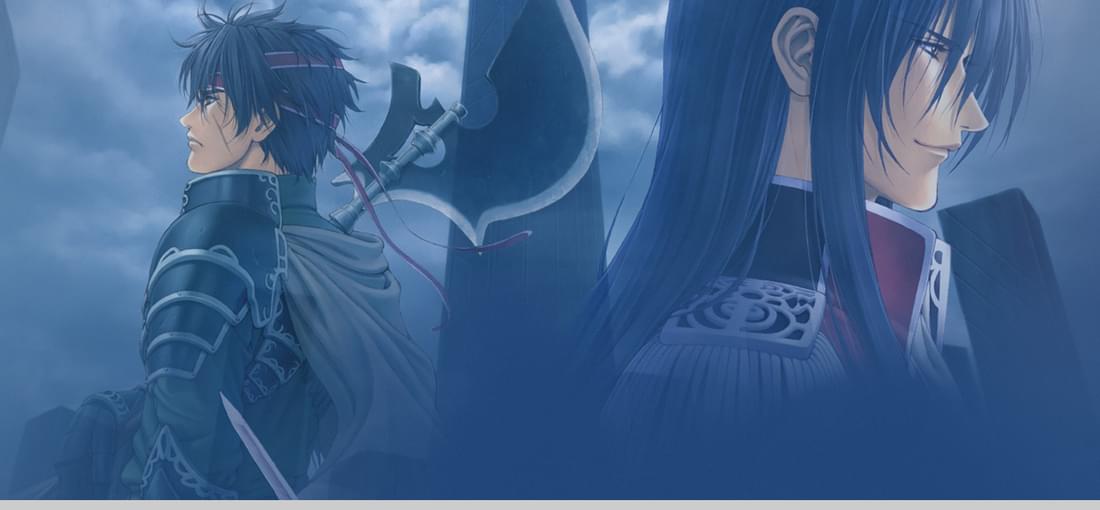

Phoning Home ist ein sehr schöner, empfindsamer Walking Simulator. Phoning Home beginnt mit einer Bruchlandung und Strandung auf einem fremden Planeten. Ziel ist es, ein Notsignal abzusetzen bzw. einen Weg nach Hause auf den Heimatplaneten der "Roboter" zu finden. Insgesamt ist Phoning Home sehr schön gemacht: die Synchronstimmen sind erstklassig. Till Hagen, der Synchronsprecher von Kevin Spacey spricht z. B. die Schiffs-AI, was absolut stimmig ist, denn es verleiht der AI eine gewisse Autorität, obwohl das Schiff ja eigentlich nur eine Stimme auf einem "verlassenen" Planeten ist. Der Soundtrack ist auch ziemlich gelungen: es gibt diverse schöne, stimmungsvolle Stücke, die man sich auch unabhängig vom Spiel anhören kann und sie fügen sich perfekt in die Atmosphäre des Spieles ein. Der Umfang ist für einen Walking Simulator eigentlich auch angemessen. Eigentlich hat Phoning Home durchaus die 5 Sterne verdient. Allerdings hat Phoning Home eine gewisse Macke, wenn es darum geht, seinen Weg durch den Walking Simulator zu finden. Auch nicht die ganze Zeit über, aber es gibt Phasen im Spiel, wo man durch mehrere Portale hüpfen muss, um sich durch eine gesamte Stage bis zum Ziel zu schlängeln und an der einen oder anderen Stelle kann einem das Spiel doch ziemlich auf die Nerven gehen, weil man auf einem scheinbar nutzlosen Plateau strandet und nicht weiß, wo es weitergeht. Und sowohl ION als auch ION's Begleiterin ANI rosten ja und müssen ressourcenschonend die gesamte Reise handeln. An diesen Stellen ist das Spiel dann relativ unübersichtlich und da versagt auch ein wenig das Handling: die Steuerung ist da nicht immer präzise (gerade wenn man von Plattform zu Plattform im Eismeer hüpft) und das führt dazu, dass man einige Stellen sehr viel öfter wiederholen muss als man möchte. Insgesamt hat das Handling auch an anderen Stellen so seine Macken. Und weil das doch ziemlich nerven kann, gebe ich nur 4 Sterne. Trotz allem ist Phoning Home ein super Spiel.


Skyshine's Bedlam is a mix of hardcore tactic rpg and a resource-managing survival-game. The entire campaign is a one-way ticket: 1.) you choose a fraction (human, mutant, marauder, Rogue AI or Cyborg which all have a race passive, which is mainly the only difference) 2.) you choose a vehicle which transports your fraction through the campaign 3.) you choose your main route throughout the campaign. Your route isn't fix - there are dozens of forks on your way (you can move back & forth, but it costs you resources which you won't get back, cause there aren't unlimited enemy/event encounters!). The problem is, you waste resources (crute to move your vehicle and meat for feeding the passengers of your vehicle) while driving along your route and while using some combat skills. The only combat skills are called "Equalizers" and "Weapons". Equalizers are paid by crute and meat, too, while for "Weapons" you've a gauge which fills itself pretty slowly over time within a battle. The mechanic behind that is still a mystery to me, cause the game simply explains nothing and I simply don't care anymore. In the early game you don't need the equalizers and weapons at all. Later on however they're the only thing which keeps you alive (just a simple example as relation: you've 4 chars with 7-10 HP depending on class on the battlefield while the enemy has 5-6 chars with over 13 HP per char. If one of your chars dies then that char dies permanently!). just a relation (under the same circumstances): a combat skill which heals 8 HP on 1 char once costs 50 meat. Traveling 1 day with your vehicle costs 12 meat... Oo Winning 1 battle grants you something like 150 crute and 100 meat. That's how hilarious short the resources are. Also: the race bonuses aren't balanced at all. Some are early on simply OP. I'd go deeper into detail, but due to the fact that gog.com doesn't grant me more letters I simply say: DON'T BUY THIS GAME UNLESS YOU WANT TO TORTURE YOURSELF FOR NOTHING!

Originally Lock's Quest was released on the Nintendo DS and you can see this when you google for it. Cause there is some major difference between Port and Original: aside from money to buy things you also farmed material/resources like wood, stone, metal (for wooden, stone and metal buildings). In this port you only farm money and that is kinda broken (cause there are some bypasses on how to get more money). In general the game is funny, but it kinda has some severe bugs: some can delete or rather override your entire progress for some weird reason. Reason may be the auto-save function of the game, but it's only a guess. One good point is that the game does support a wide range of PC Controllers/Gamepads. Each No Name Controller I tested did its job on this port. But each time you completely restart the game you've to go to Options to switch between Keyboard and Controller-Option. It's not a big deal, but it can be annoying. All in all it's a good game. It's just a bit sad that you can't farm additional resources like it is in the original on the DS. My rating would be higher (maybe 5 Stars) if there wouldn't be these severe bugs. But till now I did 2 full approaches (cause my progress got deleted at some point) to complete the game and I still could restart again from the beginning - which is now the 3rd and last approach and that is definitely not ok.

Guild of Dungeoneering is more or less the reverse concept of Dungeon Keeper: in Dungeon Keeper you want to kill the heroes who enter your dungeon while in Guild of Dungeoneering you map the dungeon to keep your hero alive. And in some ways it's funny and in some it's not. Your hero/heroes (cause your pawns die way too easily for my taste) need to fight A LOT! After each successful fight they get some kind of equipment (daggers, clubs,... spoons!). That equipment is used in combat in form of randomly appearing cards, cause the battle is more or less a card game where every card has a certain function (for example: dealing 2 dmg at once, block dmg, bypass a block once, HP drain, etc.). The main problem is that the game gets permanently tougher the more progress you're making while your hero/pawn/whatever always more or less stays the same (except for "bonus classes" which take quite some time to unlock). And cause you always start weak in a dungeon (technically naked) you need to kill enemies simply to get some base equipment (= a base fundus of playable battle cards) to survive and end the actual dungeon. And so it goes over and over and over. Some ppl may like that, but I really don't like it at all. The game says on one note that the enemies should be equal, but not from my experience. I never came to the point where my pawn could discard the entire enemy's card hand and afterwards gets 3 times in a row a triple attack (= a "3 dmg"-card) and that while it's a standard enemy! The pawns are simply getting forced to death and that's not really funny imho. And afterwards you start with the same annoying pawn over and over again... and that while some medieval music plays from lastly "sentenced to death" guild member.
Agarest: Generations of War Zero has some different flaws. One of the bigger flaws is one of the core-features of the game - the Extended Areas-Feature. Extended Areas means that you can link Character-Attacks with each other. The problem with that feature is that the linked characters randomly and uncontrollable jump from one Map Panel to a nearly enemy panel to attack the enemy. There's no real control behind it and that has certain disadvantages: fragile chars like magicians waste an AoE-Cast which normally could hit 3-4 targets at once on a single target cause the placement of the AoE-Cast is random, too. This way the fragile magicians waste lots of MP and are standing wide open for counter attacks - AND the enemy uses Extended Area-Links as well. Also there exists a lot of enemies who have passive skills which activate when they've only a certain amount of HP left. From that on they dodge any kind of physical attack with a 100% chance - which also makes the Battles quite long-winded and which also questions the extended-area system, cause the outcome by random-placing casts and chars isn't very reliable. So, all in all the Extended Areas have more disadvantages than real advantages: it's easier to lose a char like a magician permanently by Extended-Areas counter than to gain anything with it. Other features have their flaws. too. For example at the main char creation there exists at least one Tarot Card-Combination which can crashes the game at the first tutorial fight. Also the "Generation-Concept" is something you can love or hate, cause it includes that you permanently lose your own created main char and exchange it for a 2nd or 3rd generation main char later on, which is interesting, cause no one warns you earlier on, that this would happen. BUT HEY! *SPOILER* ;-)

I'm owner of the PS2-Version, so I score it after my experience with the original Version of the game. However unless the developers added +200% Bonus-Content to the game, then it's a fitting scoring. YS: the Ark of Naphistim has some points which speak for, but also which speak against it. YS6 is declared as RPG, but the truth is it fits more into the Action-Adventure section like Zelda or Alundra - with the difference that it lags the puzzling-depth of that games (for example games like Lufia or the Wild Arms-Series have a way way deeper puzzle-depth and are way more genre-connected than YS6 actually is). Also it is a very linear game, which isn't really bad, cause it sticks to the story-telling of the game. The main flaw of the game is the length: An average person completes it within 2 days on the 1st try. And you can guess that includes the map size as well: If you ignore the tribes village, then you can say that there exists only one small city within the game. The size of the Map sticks to that of the city: actually it should be impossible to miss a single area in that game. The areas are connected to each other like a thread. There aren't many forks on your way through the map. That sounds bad, but still it's a very nice game. In terms of size it's just not comparable to other RPGs from that era. I personally like the small city of that game a lot: the design, the npcs within it. In my opinion it's very sad, that the developers kept the game so small in size. Graphically from the sweet, non-overwhelming design (not like FF& Co). from the story-telling it has a lot of potential. It's a very straight game either. Which gives it a fairly good replaying-value. It just simply lags size and side quest content. With side quest content I mean some quest lines which tell you more about the story, area and the world in which it is set in (and not quests like "kill 10 of this, get 20 of that item or kill this or that field boss like in Xenoblade Chronicles).